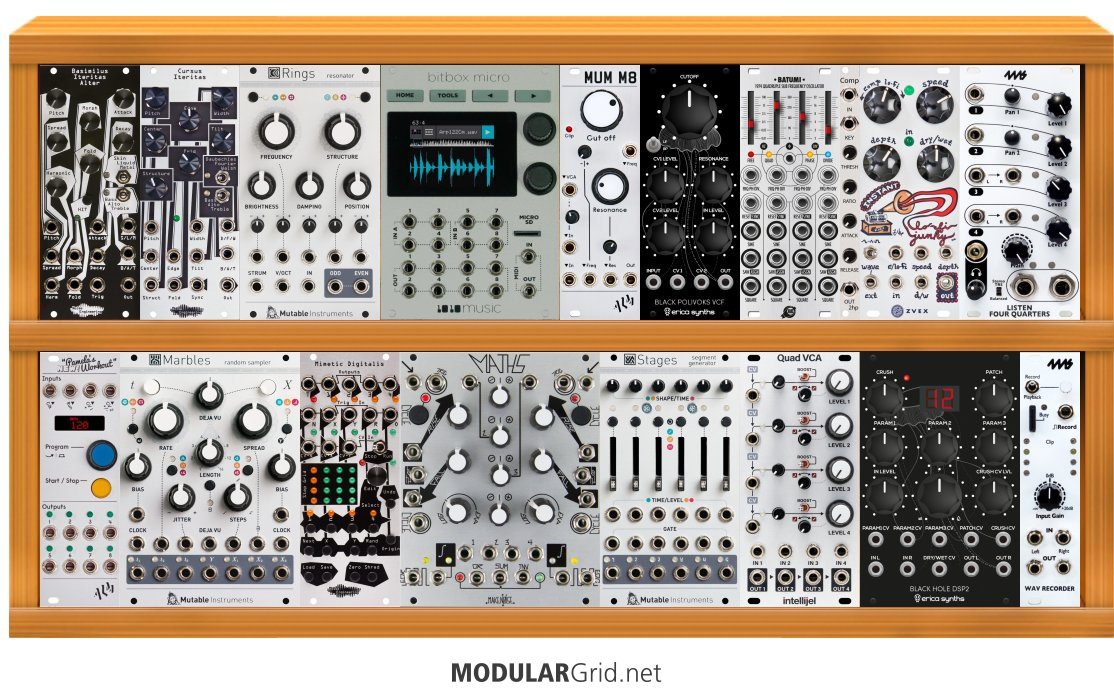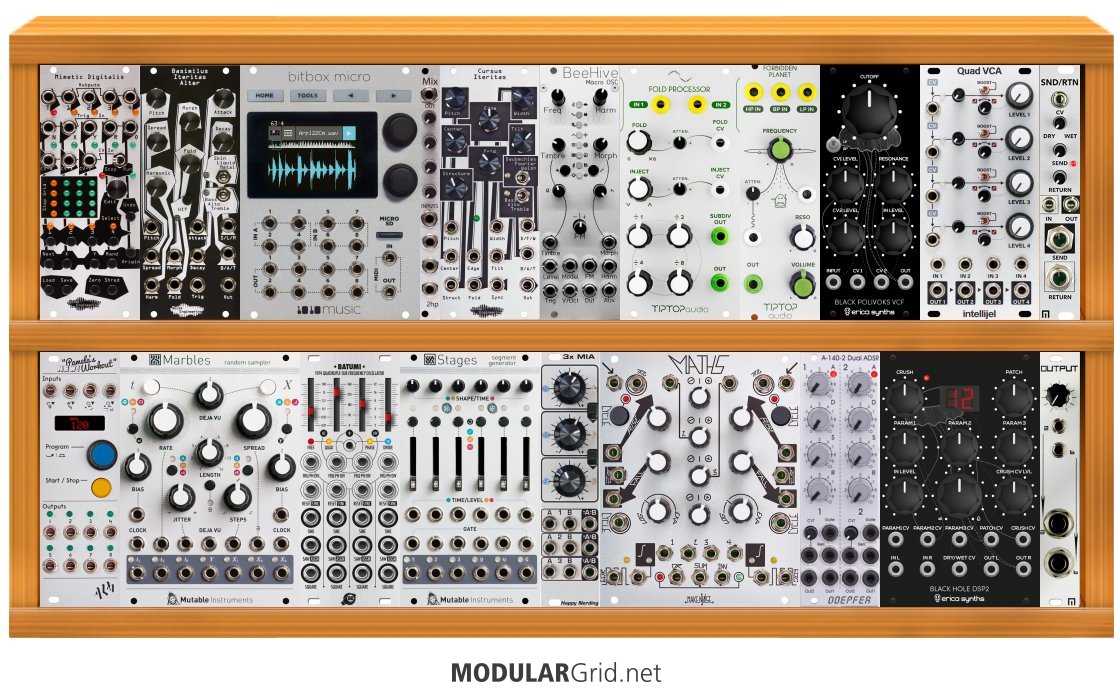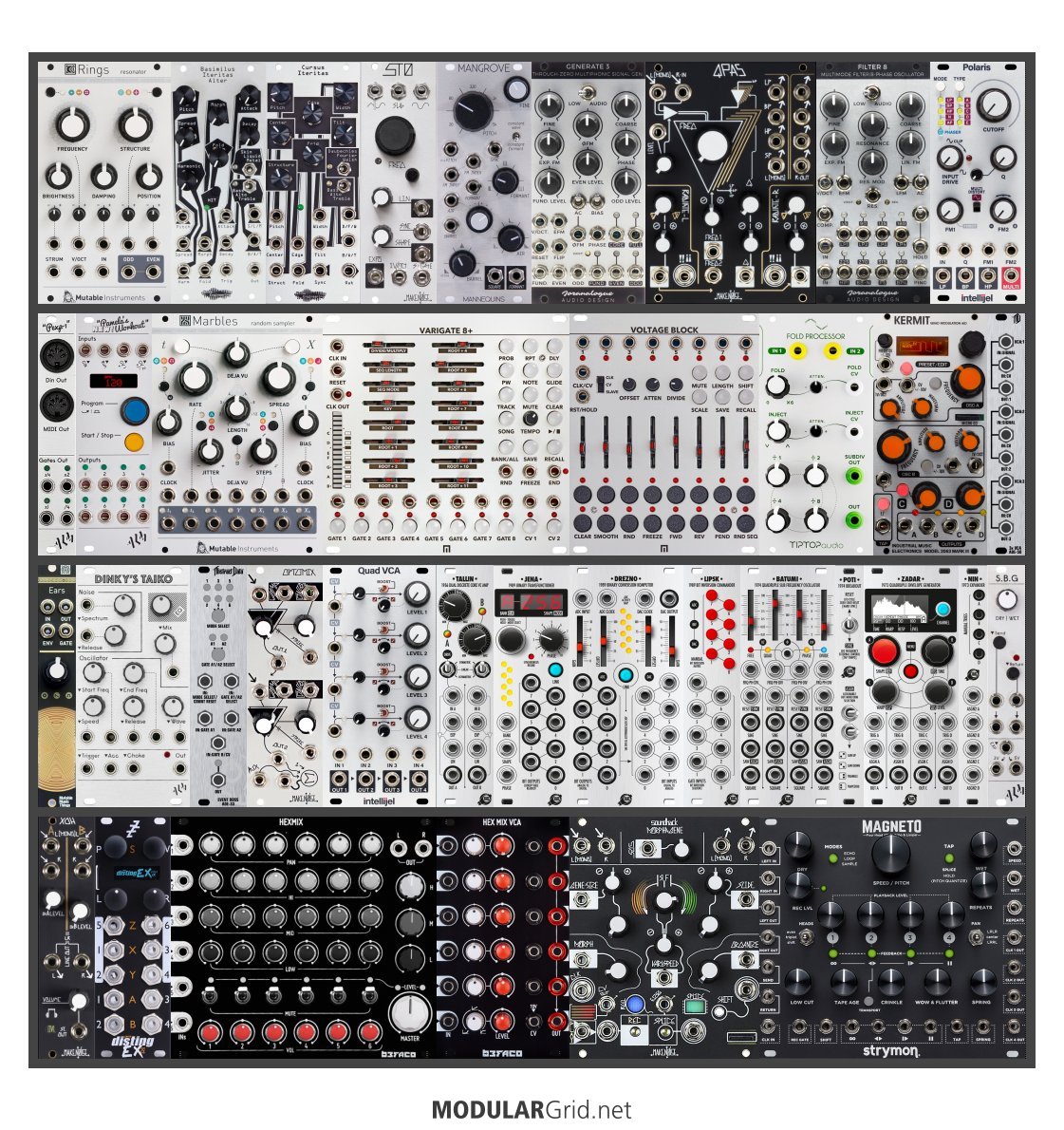Hi there!
I'm Phil, new to the endless world of modular synths, and about to take a plunge into the rabbit hole they call Eurorack.
A couple of months ago I purchased a cheap semi modular for the sole purpose of getting 'into patching' and learning the most I could about triggers, gates, CV and the signal flow from VCO to OUT - before I would start collecting, assembling and enjoying modules.
Here I am, getting comfortable in the forum and building my first Eurorack synth. That said, would you mind telling me your opinion about my plan and setup?
First, a little bit of background and what I'm trying to achieve here: Actually I am a guitarist and want to explore and create music in a completely new way. I don't want to copy anyone or any genre. But if I were forced to talk about the sound I want to create, it would certainly have elements from Industrial, Drum'n'Bass and Hip Hop. An artist I admire is Snakes of Russia, and although I love his beats and how he synthesized drums, my aim is to go for something more melodically rich (due to my background). I could also imagine myself creating soundscapes with character to which I could play the ol' six string.
Let's take a look at this thing!
The BIA is here to create positively weird percussion and to occasionally provide the punchy bass. The CI should give me that dark harmonically rich sound and would be the center of my sound creation. Rings would provide an array of more natural (instrumental) sounds to add another layer or timbre to my compositions. Bitbox Micro... well, it's a sampla player (I probably wouldn't use it as a sampler; I have the WAV recorder for that purpose) so I can bring in externally sampled sounds I can trigger and manipulate.
Let's continue with the lower row: Pam will provide the clock, MD is my esteemed CV sequencer and Marbles should do the rest of rhythm and melodies - especially when I'm too lazy to meticulously program the MD.
Back to the upper row, where you'll find two filters. I initially added the M8 to manipulate the samples. But by now I am certain it will do more than just that. Erica's Polivoks is here because I simply love the sound of it and it will further enhance the sound of the CI and even the BIA.
Off we go to the modulation and manipulation section. Here I'll expect to learn the most from just patching and playing with the modules - and maybe from your input.Batumi should take care of the main LFO-duties and Stages will provide the Envelopes. And frankly, I am a bit intimidated and in awe of what Stages and Maths promise to do to this setup.
Coming to an end, there's a quadruple VCA (intellijel), a simple compressor (2HP), the Lo-Fi-Junky (because I already know and love it as a guitar pedal) and Erica's Black Hole DSP2 for the finish. I can mix everything in 4ms' 4Q, get the audio out and send it to the WAV recorder and its SD card.

Now it's your turn, fellows. What did I miss? Where am I wrong? What do you like about it?
Do I have enough to trigger and sequence my rhythms and melodies? What's with the modulation part? Am I right to be intimidated but is it the right (whatever that means) equipment in this section? Am I forgetting other utilities?
I am a beginner so be honest and let me learn from you.
Thanks!
Looking forward to this discussion.
Cheers,
p.




